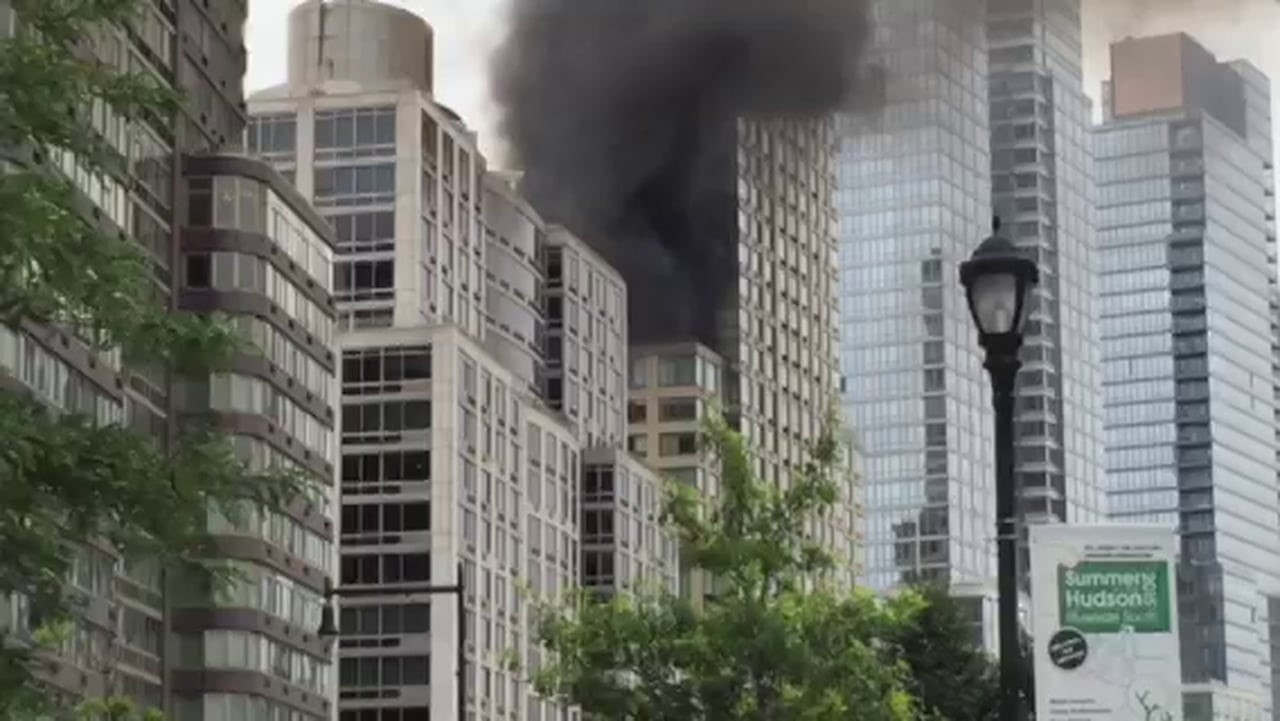- 773 741 1359
-
This email address is being protected from spambots. You need JavaScript enabled to view it.
Fire Safety Learning Center
What to do in case of a building fire

Despite condominium and apartment managers’ best efforts to prevent and protect their buildings against fires, often times they still occur. Condominium and apartment fires are usually caused by faulty electrics, human error, and general negligence and are likely to occur throughout all times and seasons of a year. The NFPA reports that fire departments across the United States responded to an average of 358,300 home structure fires each year throughout 2010 – 2014. The NFPA also reports that individuals can expect an average of 5 fires to occur during their lifetime.
Since the likelihood of being in a building fire is strong, individuals should know the correct steps to take when they encounter one. Listed below are a few tips on what to do in case of a fire.
- Do not use the elevator when exiting
Individuals who live in a high-rise condominium or apartment building should not use the building’s elevator when exiting. As fires begin to spread, the likelihood of them reaching and damaging electrical work is strong. Using an elevator to exit is a sure way to become trapped. When exiting, individuals should stay below the smoke line and use their building’s stairways, even if the building is only two stories high.
- Remember RED
The National Fire Prevention Agency has a handy acronym it recommends individuals memorize. The acronym RED stands for React, Evaluate, and Decide. In circumstances where fires are present, individuals should first respond by reacting. Individuals should note all indications of smoke, fire, activating building fire alarms, the smell of smoke, etcetera. Secondly, individuals should evaluate how dangerous the situation is and the fire’s hazardous potential. Last, individuals should decide. The NFPA says the only two options in a fire are to either follow their building’s plan and immediately leave, or follow their own plan and stay put or descend to the designated level below the fire floor and be prepared to take protective/defensive action.
- Use fire extinguishers
Condominium and apartment buildings are required to have fire extinguishers throughout the common areas of the property. In most cases these buildings are required to have commercial fire extinguishers located on each floor such that a person is able to access an extinguisher in 75 feet or less. Use the extinguishers to help you safely reach a building exit. Do not re-enter the building in an attempt to fight the fire; leave that to the fire department.
- If you become trapped, do not panic
Individuals who become trapped in a high-rise building fire should understand the importance of not panicking. The NFPA recommends that individuals locate themselves in an area where doors can be closed and cracks can be sealed to protect against smoke. After finding a safe area and sealing all cracks, individuals should call the local fire department and report their exact location. If windows can be cracked without letting smoke it, it is safe to do so.
By following the suggestions listed above, individuals can better prepare themselves for reacting in case of a condominium or apartment building fire.

